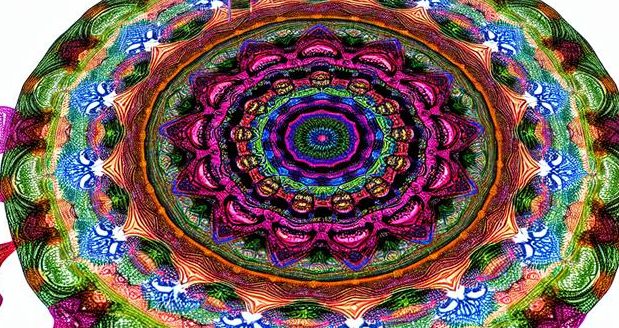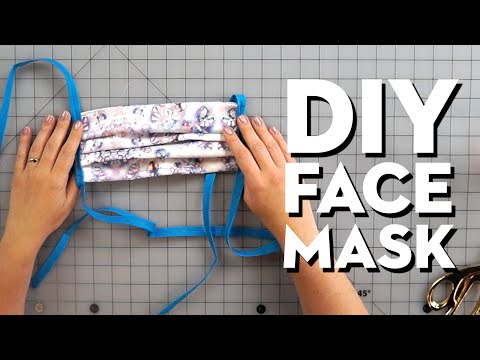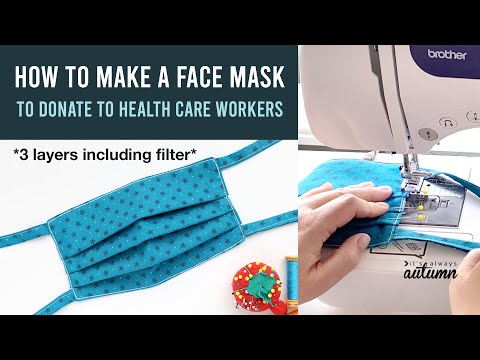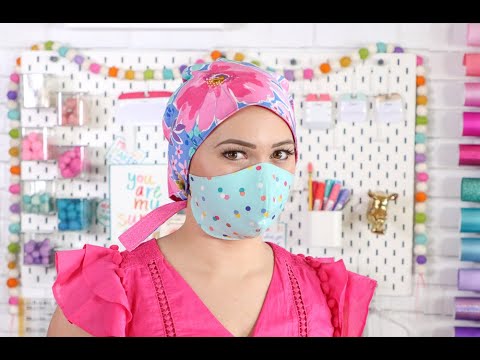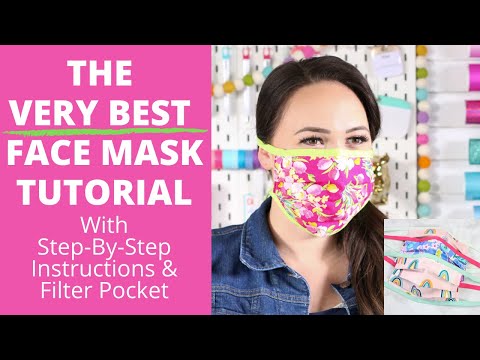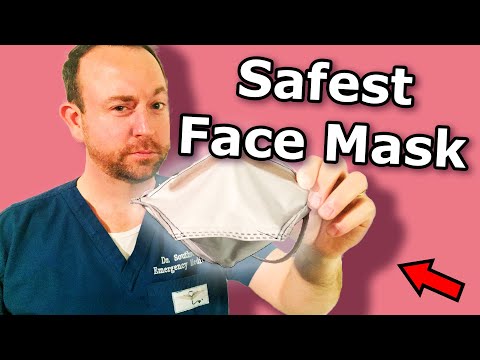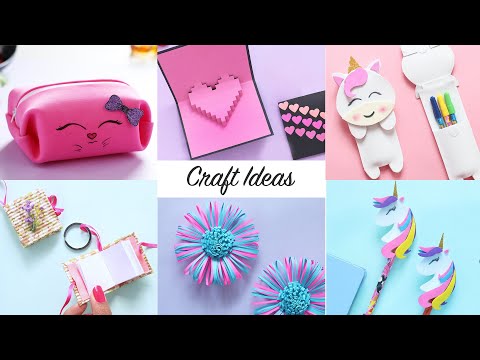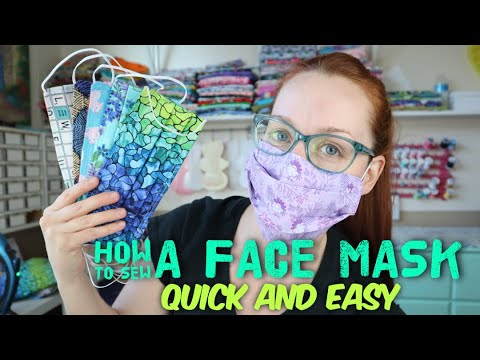How To Make DIY Face Masks To Donate To Healthcare Workers | Good Housekeeping
[videojs youtube=”http://www.youtube.com/watch?v=8O88qNImD8M”]
Expert Sewer Amanda Perna guides us in this easy tutorial on how to make DIY face masks to donate to healthcare workers who are facing shortages. With the right materials this is an easy project even for beginner sewers.
Learn #withme
Amanda is a fashion designer and Project Runway alum, who started sewing face masks after she had to temporarily close her fashion studio due to the coronavirus outbreak. Amanda has been working tirelessly to make as many masks as possible and recruiting seamstresses to join her efforts. We also reached out to some of our top-tested cotton sheet brands like Parachute, Gryphon, Garnet Hill, Cuddledown, and Authenticity50, and they have generously committed to sending her fabric.
Homemade masks technically are not hospital-approved, so some hospitals won’t accept the donations directly. Check with local hospitals in your area to see if they can use your homemade masks and if so, what their policies are for dropping them off. Otherwise, healthcare professionals are making requests on social media. MasksForHeroes uses an Instagram account to post PPE requests from healthcare workers. https://www.masksforheroes.com/
The U.C. Berkeley School of Public Health is also compiling lists of hospitals by state that are accepting homemade masks, including instructions for dropping them off.
https://docs.google.com/document/d/12a5YO0Z9RpHZk9Zkzl4NOj9CbjzhFfoKjPLFFC-21LU/preview?fbclid=IwAR285Vs3FqP97pmRWYW-4HIKvtxxy9hPMDVztTQjV_i40Ff2ClGIqphsdj8
You can find Amanda’s pattern here. The pattern is 9″x8″ and can be printed on a standard 8.5″ x 11″ piece of paper.https://hmg-prod.s3.amazonaws.com/files/amanda-perna-face-mask-pattern-1585259501.pdf
Here ‘s the step-by-step guide to sewing your own fabric face mask.
**STEPS**
00:56 Cut pattern out
01:08 Pin pattern to fabric and cut 2 cotton fabric pieces.
01:08 Pin pattern to interfacing to cut 2 interfacing pieces (must be non-woven).
02:20 Place interfacing pieces on top of fabric pieces, making sure fabric right sides are facing each other.
02:40 Measure and cut binding tape pieces so you have two 36″ strands.
03:40 Pin fabric and interfacing pieces together to secure before sewing.
03:58 Sew the top 9″ seam (2.5-3 stitch length is best) with ¼” seam allowance.
04:40 Flip open with front side of fabric up and press seam flat to one side.
05:00 Insert metal piece along seam between the 2 pieces of fabric.
05:46 Stitch ½” rectangle that is indicated at top of pattern (with wrong sides together) to secure metal nose bridge piece.
06:43 Flip back to right sides together, stitch bottom 9” seam
07:49 Flip back to right side out and press bottom seam
08:23 Use pattern to help mark pleats. Pleat the 3 pleats all in the same direction, put a pin to keep them in place.
11:08 Find the center point of the binding and the center point of the mask and pin the binding on the mask with the mask sandwiched between the binding.
11:55 Sew binding and repeat on the other side of the mask then press pleats.
13:25 Finally, pat yourself on the back, because you are making a difference!
**SUPPLIES**
Mask pattern
High thread count cotton fabric
Non-woven interfacing :https://www.amazon.com/s?k=nonwoven+filter+fabric&ascsubtag=%5Bartid%7C10055.a.31902442%5Bsrc%7C%5Bch%7C%5Blt%7C&tag=goodhousekeeping_auto-append-20&ref=nb_sb_noss_2
Bias tape, extra wide double fold, 1/2″ width
Pins
Metal piece to secure the mask at the nose bridge. Paper clip piece or twist-tie works.
Measuring Tape
Scissors
Iron
Sewing machine
**TIPS*
The best fabric for homemade masks is a tightly woven, 100% cotton fabric. Things like denim, bed sheets, and heavyweight shirts are all good options. Avoid knit fabrics (e.g. jersey T-shirts) because they create holes when they stretch.
Make sure to wash and preshrink any fabric you’re going to use.
If you’ve cut wire for the nose bridge be sure to sand down any sharp ends so the wire won’t potentially pierce through the fabric or bother the wearer.
Fabric masks are not as effective as N95 masks, but they’re still useful. The CDC advises using N95 masks for the best protection, but it says to use a bandana or scarf as a last resort if the hospital-approved masks are not available. Fabric masks are often being worn on top of N95 masks to help them last longer. For more information visit our website: https://www.goodhousekeeping.com/health/a31902442/how-to-make-medical-face-masks/
